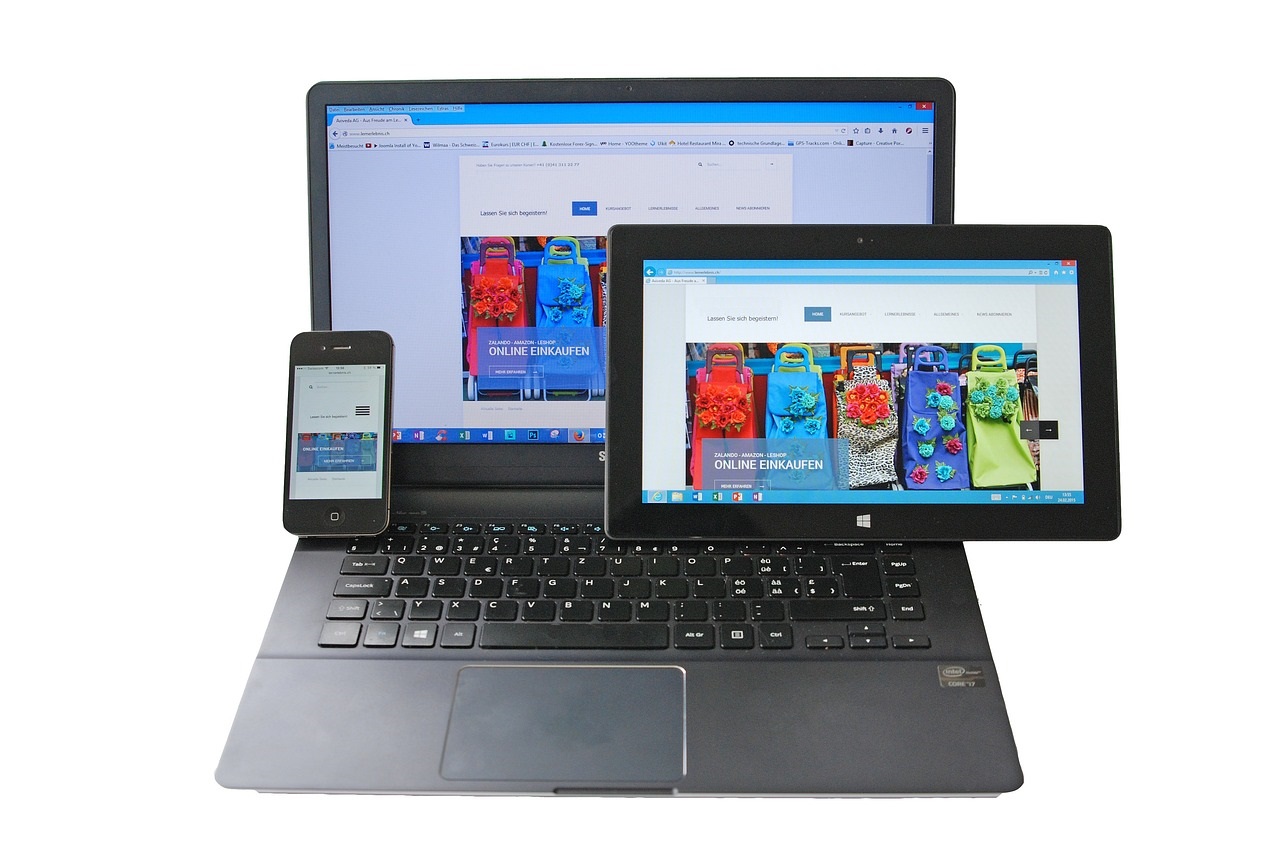In a world where mobile devices have become an integral part of life, it is essential to provide users with fast, convenient, and reliable access to content. Progressive Web Applications (PWAs) are a technology that allows you to create websites that function like native applications, offering numerous benefits for businesses and users.
Why PWA Applications Are Becoming More Popular:
- Poor Internet? No Problem!
- These systems work well even in areas with slow internet.
- Example: A farmer in a field or a logger in the wilderness, who often lack stable internet. A PWA allows them to check the weather forecast, submit work reports, or order spare parts, even with unstable connectivity.
- Hassle-Free Updates!
- The PWA updates itself; users don’t need to download anything from the store.
- Example: A news service where users want to see the latest news. They visit the service and see current content. No extra actions required.
- Easily Found on Google!
- Google and other search engines “see” PWAs as regular websites.
- Example: A PWA of an online store is visible to customers in Google when they search for products.
- Cost Savings!
- Developing a PWA is cheaper than creating separate applications for iPhone and Android.
- Example: Instead of paying for two different projects, you can create one that works on all phones.
- Accessible to Everyone!
- These systems work on any device with internet access, without the need to download anything.
- Example: An online conference – with PWA, anyone can easily register on their phone, tablet, or computer by simply following a link.
How a PWA Application Works:
- You access it like a regular website. A PWA opens in the browser like a standard web page.
- The “hidden assistant” starts working. A special program called Service Worker runs in the background.
- The browser “studies” the system by examining a special file (manifest) that describes what the system is, what it’s called, and how it looks.
- The application “settles” on the screen. If the user agrees to install the PWA, an icon appears on their screen like regular applications.
- It works like a regular application. When the user launches the service, it looks and operates like standard software.
- Automatic updates: The Service Worker monitors application updates and downloads new versions in the background.
Examples of PWA Services:
The Washington Post, a major newspaper, decided to create a PWA for several key reasons:
- To reach more mobile users: The company wanted to ensure easy access to content for a wider audience on smartphones and tablets.
- Smooth and reliable reading: PWAs are designed to work well even with poor internet connections, providing readers with constant access to news.
- Fast performance: PWAs utilize technology that pre-loads and caches content, allowing the website to load quickly.
Spotify chose a PWA for the following reasons:
- To avoid app store commissions: PWA allowed Spotify to avoid the 30% fees from app stores.
- To attract more subscribers: Without commissions, Spotify can earn more and attract more users.
- PWA works faster: Spotify operates faster than a regular application.
- Easy to add to the home screen: Users can add the service to their phone’s home screen for easier access.
The development of a progressive web application is a solution to many problems faced by modern companies, from high app store fees to difficulties with updates and limited reach.

